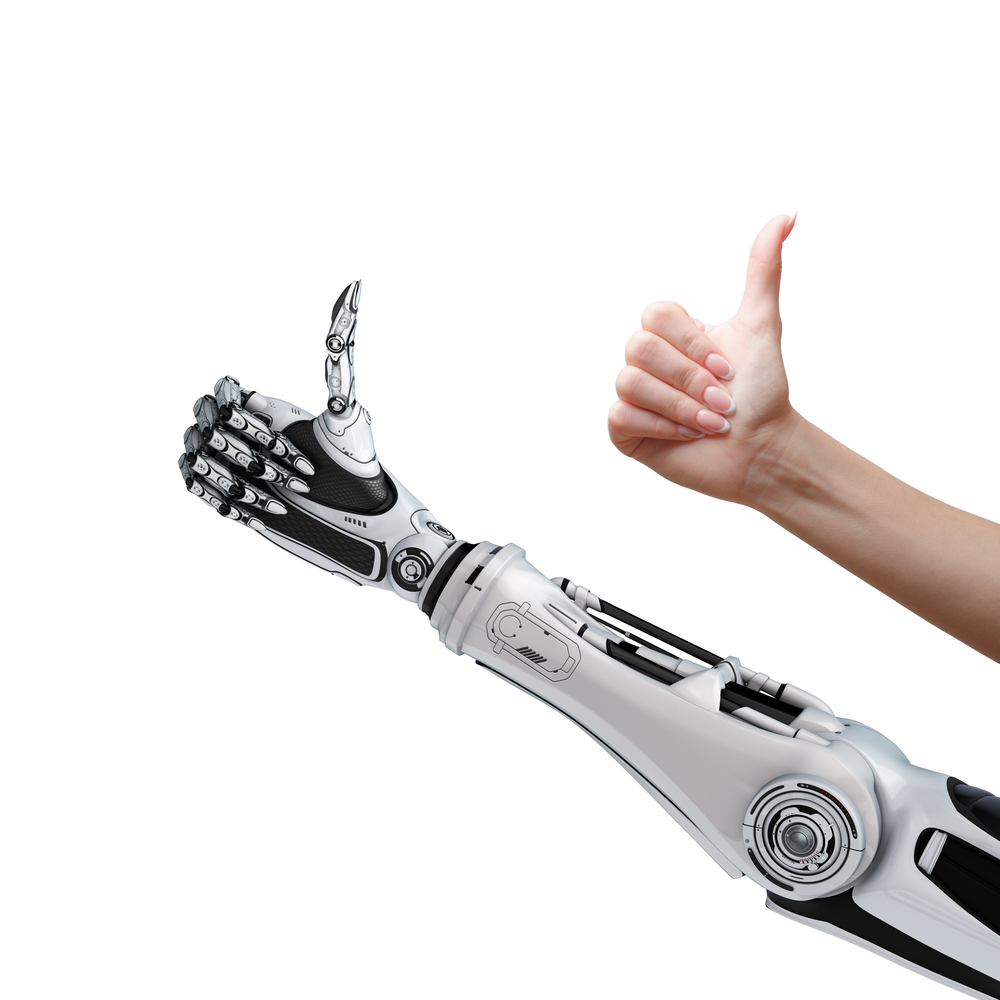NYU Collaboration Aims to Help Young Cerebral Palsy Patients Get Needed Hand Orthotics

To help cerebral palsy patients get the needed therapeutic braces and prosthetics that insurance companies can be reluctant to pay for, experts and innovators from New York University (NYU) are collaborating on a new, low-cost approach to custom hand orthotics.
As patients grow and their bodies change, orthotic devices typically must be replaced, and this can cost a lot of money for families.
The collaboration is coming together in the NYU Tandon School of Engineering’s MakerSpace, a cutting-edge laboratory designed to foster projects blending technology, creativity and innovation. It sets out to craft custom orthotics, made on consumer-grade 3-D printers, using exact measurements taken by a mobile app. Designed for children with cerebral palsy being treated at NYU Langone Orthopedic Hospital, the software development project uses the printers to make elbow-driven orthotics, which help open and close children’s hands.
”The braces are being used regularly by our test patients, and there’s improvement in their ability, and that’s very exciting,” said Gabriella Cammarata, a Tandon designer-in-residence, on an NYU website page.
The MakerSpace lab features rapid prototyping and printed circuit board (PCB) production equipment, as well as advanced machining and testing capabilities. MakerSpace hosts the Design Lab, which offers students opportunities to experiment and build their ideas.
Participants include engineers, medical experts from NYU Langone Health; occupational therapy students from NYU Steinhardt School of Culture, Education, and Human Development; and members of NYU’s Ability Project, an interdisciplinary research space dedicated to the intersection between disability and technology.
Cerebral palsy is a group of neurological disorders that develop in early childhood and affect body movement and posture. Spastic hemiplegia, where half the body has difficulty with voluntary movement, is the most common form of cerebral palsy. Arm spasticity affects muscles that bend the fingers, wrist and elbow, drawing the arm in toward the body. Orthotics positions affected joints to improve mobility and function.
According to the Cerebral Palsy Alliance Research Foundation, one in 323 babies in the United States is diagnosed with the disease.
NYU Langone Health is a leading academic medical center. The Ability Project fosters collaboration between people with disabilities and engineers, designers, educators, artists, occupational and physical therapists and speech language pathologists. The Design Lab at MakerSpace aims to help students swiftly journey from problem framing to prototyping ideas.


